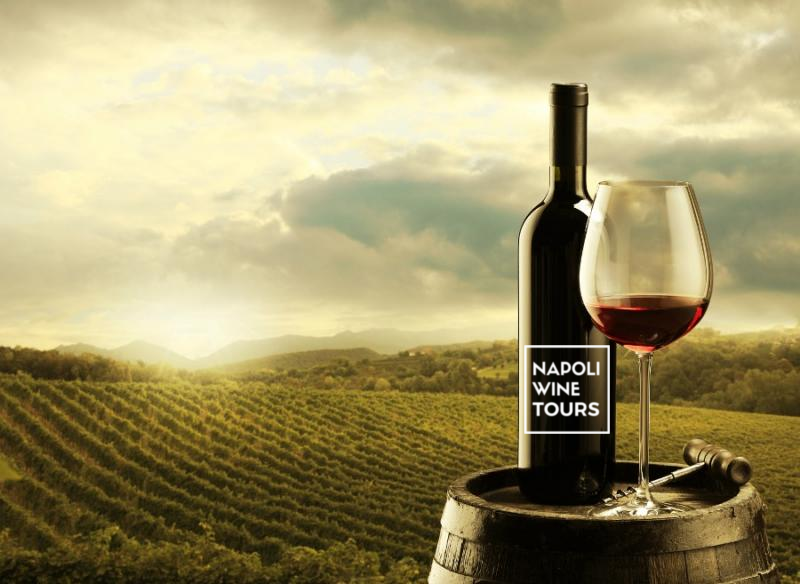
Happy 2022 to all our readers!
A new year has begun, and we hope will be full of many initiatives and opportunities for gatherings, to guide you in our tasting itineraries.
Let’s take Italy in the glass again in our format, presenting Umbria to you.
Let’s start by listing the denominations of the region which are 2 DOCGs: Sagrantino di Montefalco and Torgiano Rosso Riserva; and 13 DOC: Amelia, Assisi, Altotiberini Hills, Trasimeno Hills, Martani Hills, Perugini Hills, Corbara Lake, Montefalco, Orvieto, Rosso Orvietano, Spoleto, Todi, Torgiano.
From a historical point of view, Umbrian enology traces its origins back to the Etruscan period, but here we will retrace only the most recent stages of the prestigious Umbrian wine. In the 60s of the last century, the birth of modern enology coincided with the enterprise of Giorgio Lungarotti and his family. Daniele Cernilli (an Italian critic) says of him “it was this character who created in Torgiano a real cathedral in the desert, inventing a denomination and a wine, Rubesco, which began with the 1964 vintage and which brought, for ten years, around the world almost in solitude, the image of quality wines from Umbria “. This was perhaps the engine that drove this region to restore luster to its wine products. Sagrantino di Montefalco has followed in the wake of the prestigious in the dry and dessert version. The white wines of Orvieto, a territory often compared to the French terroirs, which in the moldy version (the microclimate allowed the Muffa Nobile to do her job very well) gives unique emotions to our palates.
A small little-known denomination, however, deserves our curiosity: Vernaccia di Cannara. This sweet wine with a dark ruby color takes its name from Vernum (winter) as the pressing and subsequent vinification takes place in this season and not in autumn, after the necessary drying period; or perhaps from Vernaculum (of the place), a hypothesis accredited by many other Vernacce existing in Italy, which have nothing to do with that of Cannara (the Vernaccia di San Gimignano, of Oristano, of Serrapetrona). Today this is produced with cornetta grapes, but once upon a time there were many varieties used, as evidenced by the passage of Giulio Baldaccini (Report on the agricultural and economic conditions of the territory of Cannara, Foligno, 1882):
Excellent is the so-called Vernaccia di Cannara, a wine that is made with dried grapes, to which a certain amount of Sacrantino or Tintarolo is mixed which gives it a ruby red color. Vernaccia is an ordinarily sweet or sweetish wine, because it is made with only grapes, that after being crushed are placed in vats where they are fermented for a more or less long time, depending on the thermal conditions of the atmosphere, of the greater or lesser degree of sweetness that one wants to dare to it, or until the moment it had acquired its transparent ruby color.
Today we will take you to taste 2 wines of which a very noble Sagrantino and a less noble, but noteworthy IGT.

Rossobastardo®, IGT Umbria Rosso 2017, 13.5 ° vol
For the production of Rossobastardo®, 30% of the grapes from the proprietary vineyards are selected by hand: Sangiovese, Merlot, Cabernet and an overripe native Umbrian vine. Fermentation takes place at a controlled temperature, preceded by pre-fermentation cryo-maceration using the best technologies in respect of tradition. After racking, the wine is left to decant in steel vats. It then carries out the malolactic fermentation in wood, before facing the refinement.
Color: intense ruby red
Nose: fruity es with black cherries in jam, it is pleasantly spiced with evident hints of cloves and star anise.
Taste: the olfactory notes confirmed, supported by a balanced and angular tannin. Fresh and very drinkable.
The wine was paired with Bolognese tortellini stuffed with Favola mortadella, 24-month PDO Parmigiano Reggiano and 18-month raw ham in capon broth flavored with turmeric, pepper, cloves, and slices of fresh ginger.
Perfect match!
Sagrantino di Montefalco DOCG, Colleallodole Farm, 2014, vol 15 °
The family-run company was born thanks to the Knight Miltiade Antano, one of the key figures in the history of Sagrantino. The winery boasts some of the most beautiful vineyards in the area, such as the now-famous cru Colleallodole whose name is inspired by the migration of larks, which in October have always crossed the knolls and slopes of these hills. The harvest is manual, the fermentation in steel is spontaneous with the presence of indigenous yeasts only, the aging is 37 months of which 16-18 in large barrels (oak) and 4-6 in the bottle.
Color: Dark and impenetrable ruby red, with a slightly coppery edge
Nose: an intense note of red fruit jam, blackberries and cherries, currants and plums, spicy finish (tobacco, leather)
Taste: A trace of tobacco, licorice, and leather opens to a harmonious taste, decidedly tannic but not aggressive (the tannin is perfectly ripe and round), overall full-bodied. Very long, it closes with a very elegant finish on the fruit.
Contact us by email to book your tour in the glass of Umbria.
